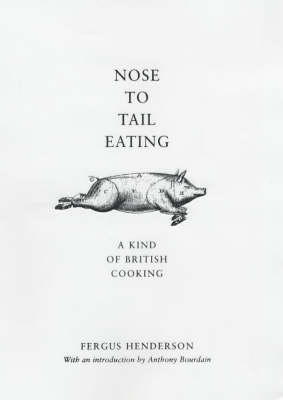The ethos of nose-to-tail eating is appreciated for its respect towards the whole animal and its promotion of sustainability. It inspires cooks to embrace creativity and traditional skills while reducing waste.
Nose-to-tail eating is valued not only for its practical benefits but also for its ethical and culinary philosophy. It encourages a deeper respect for the animal by using every part, which many contemporary cooks find inspiring, especially as it promotes sustainability and reduces waste. This approach challenges modern cooking norms by inviting chefs and home cooks alike to explore less familiar cuts and traditional techniques, thereby enriching culinary creativity. The approach is also recognized for its cultural significance and the revival of old cooking methods, which align with current trends towards sustainability and mindful consumption. It’s praised for being both a culinary adventure and an act of environmental responsibility, thus making it highly relevant in today’s food landscape.
Quick quotes
The first time I really came to appreciate nose-to-tail as an ethos was, like most young cooks, through the book Nose To Tail Eating.
It’s an approach that promotes sustainability and respect for the animal by reducing waste.
Nose-to-tail encourages creativity and a return to traditional cooking skills.
